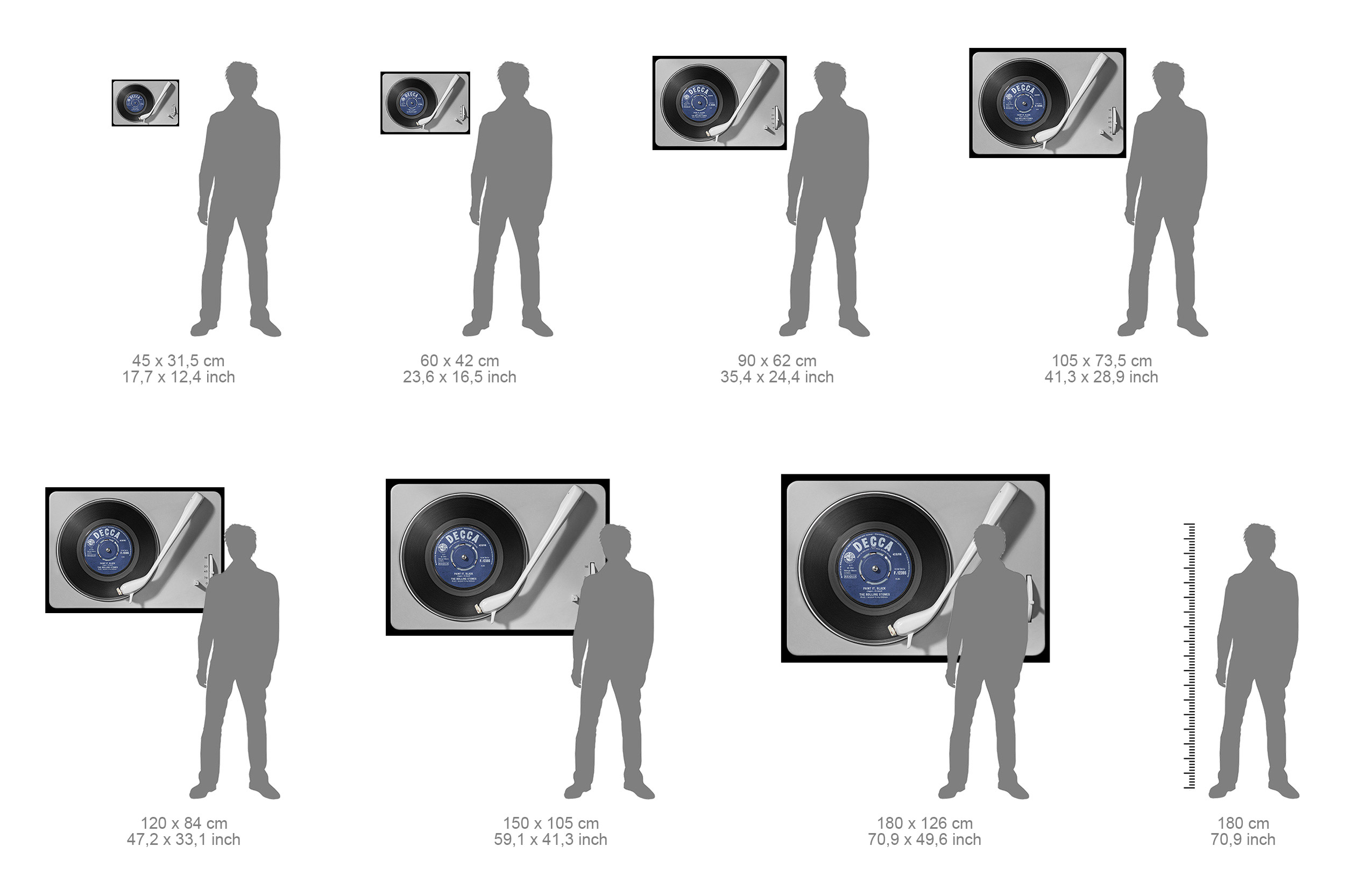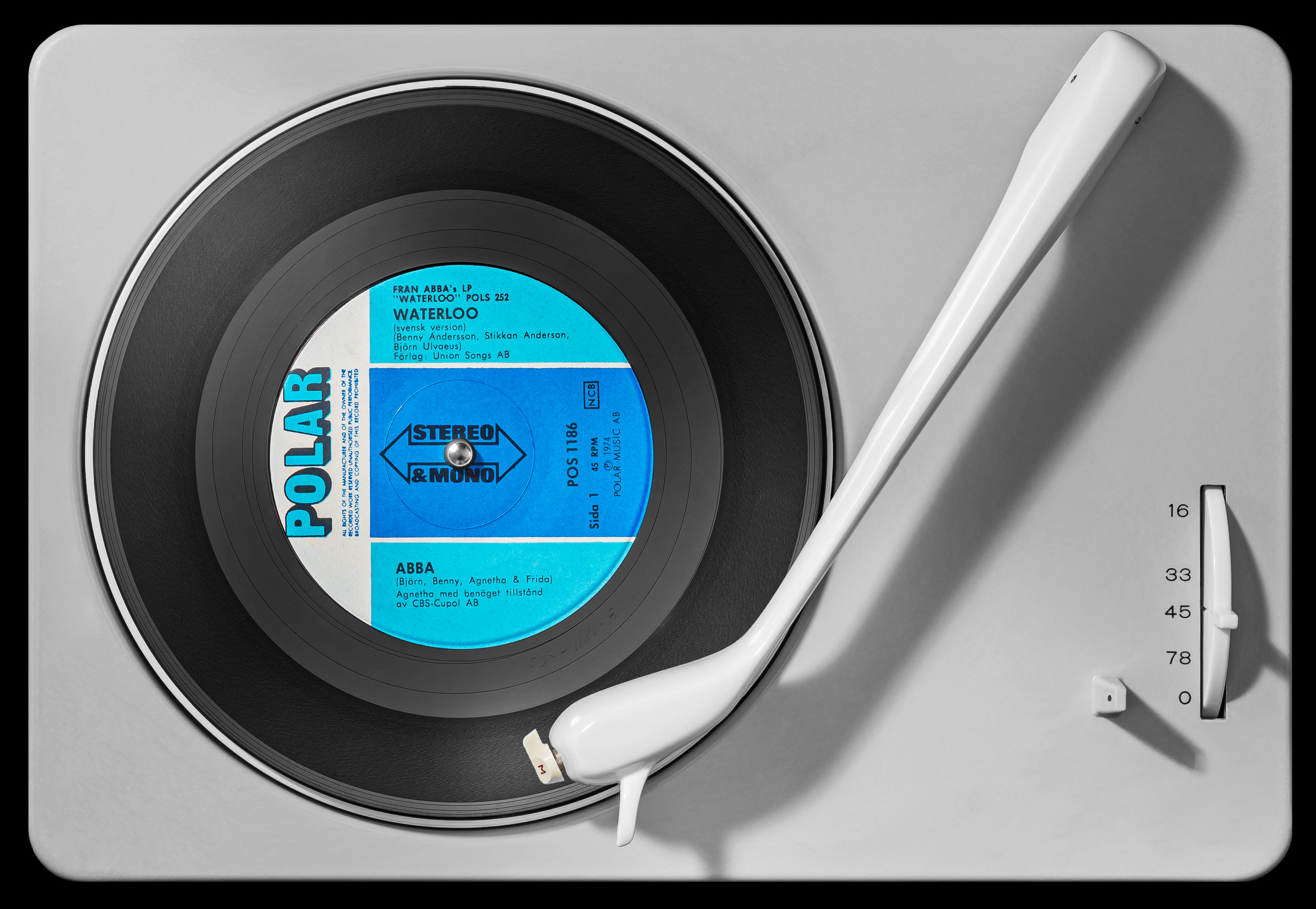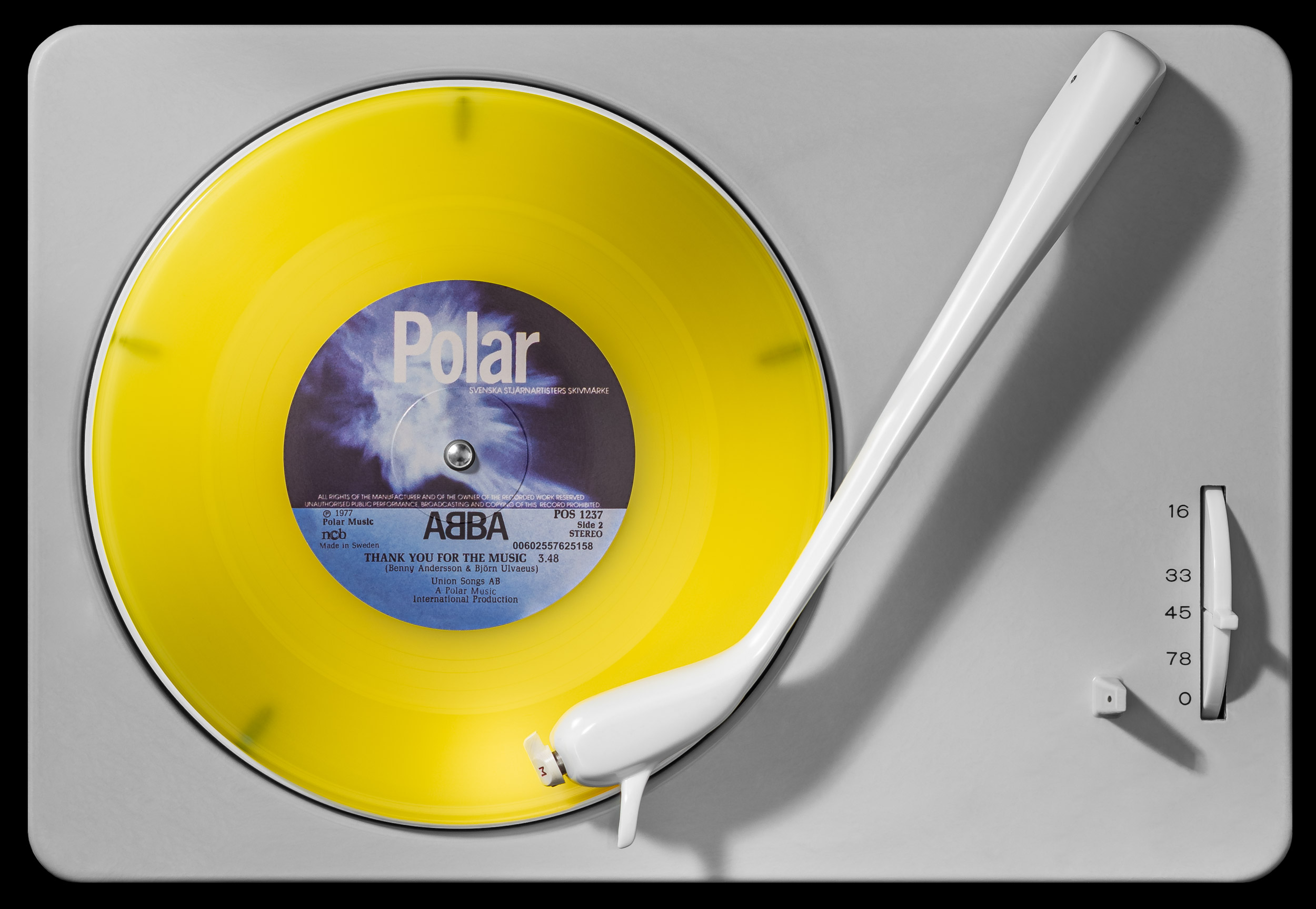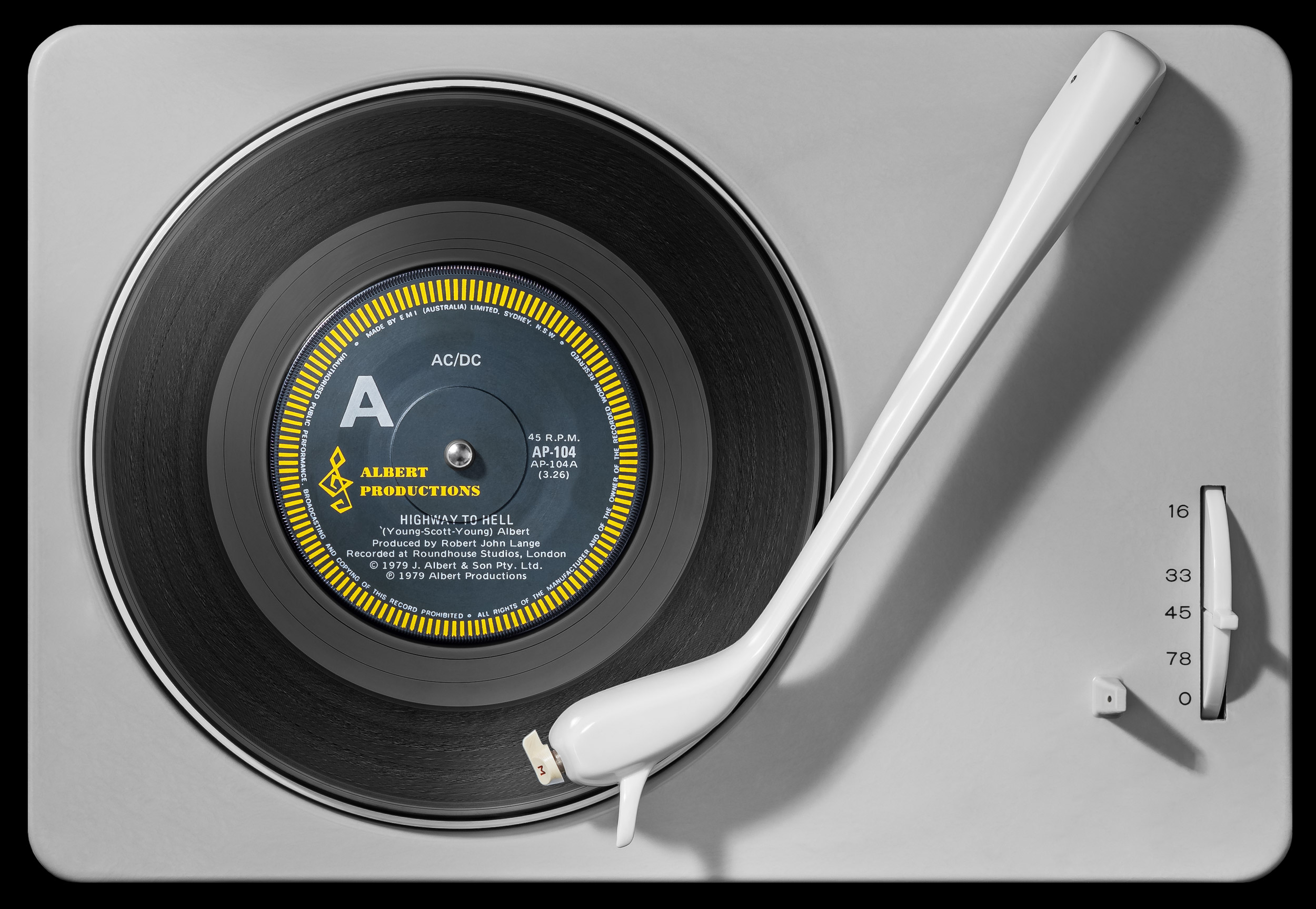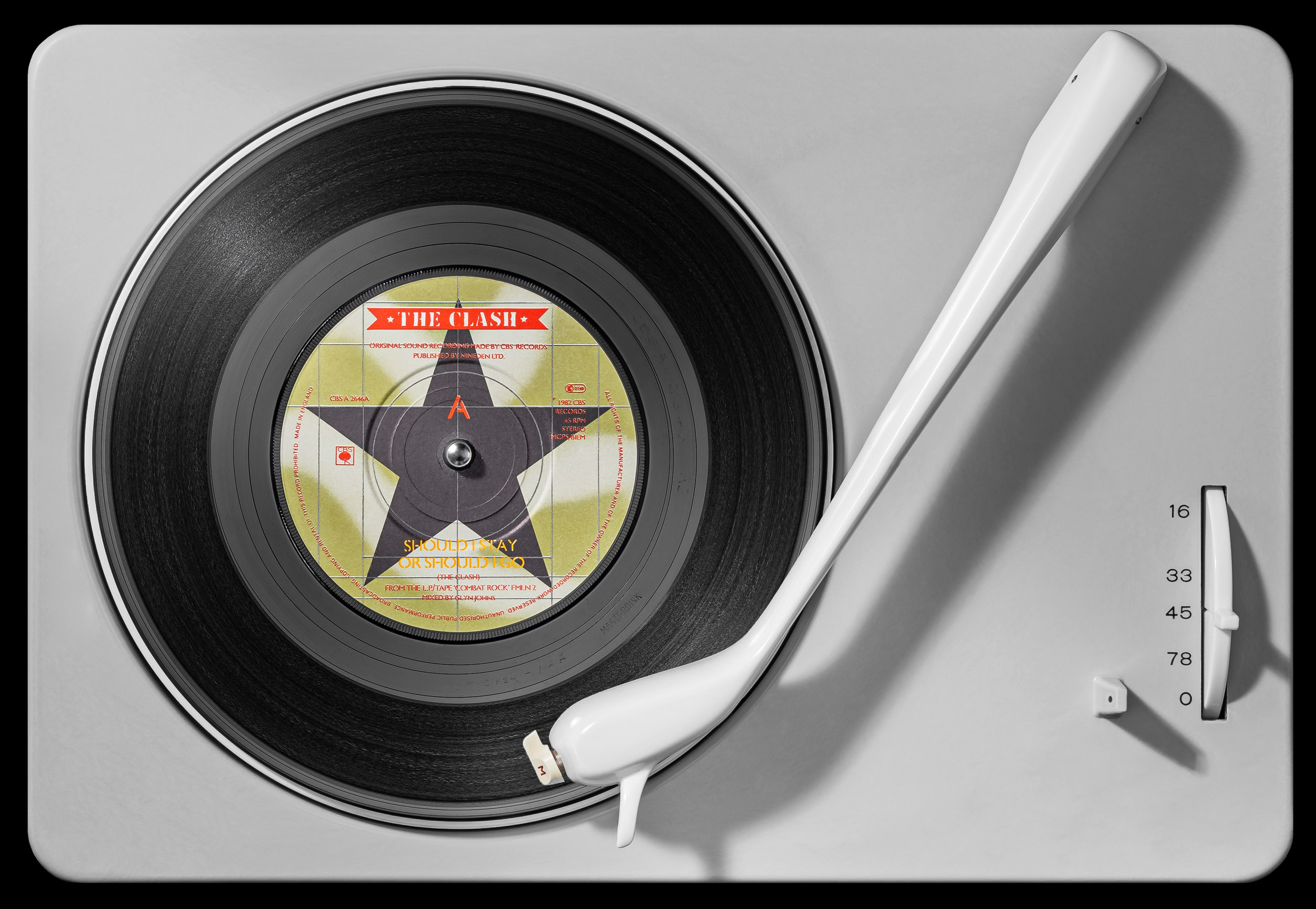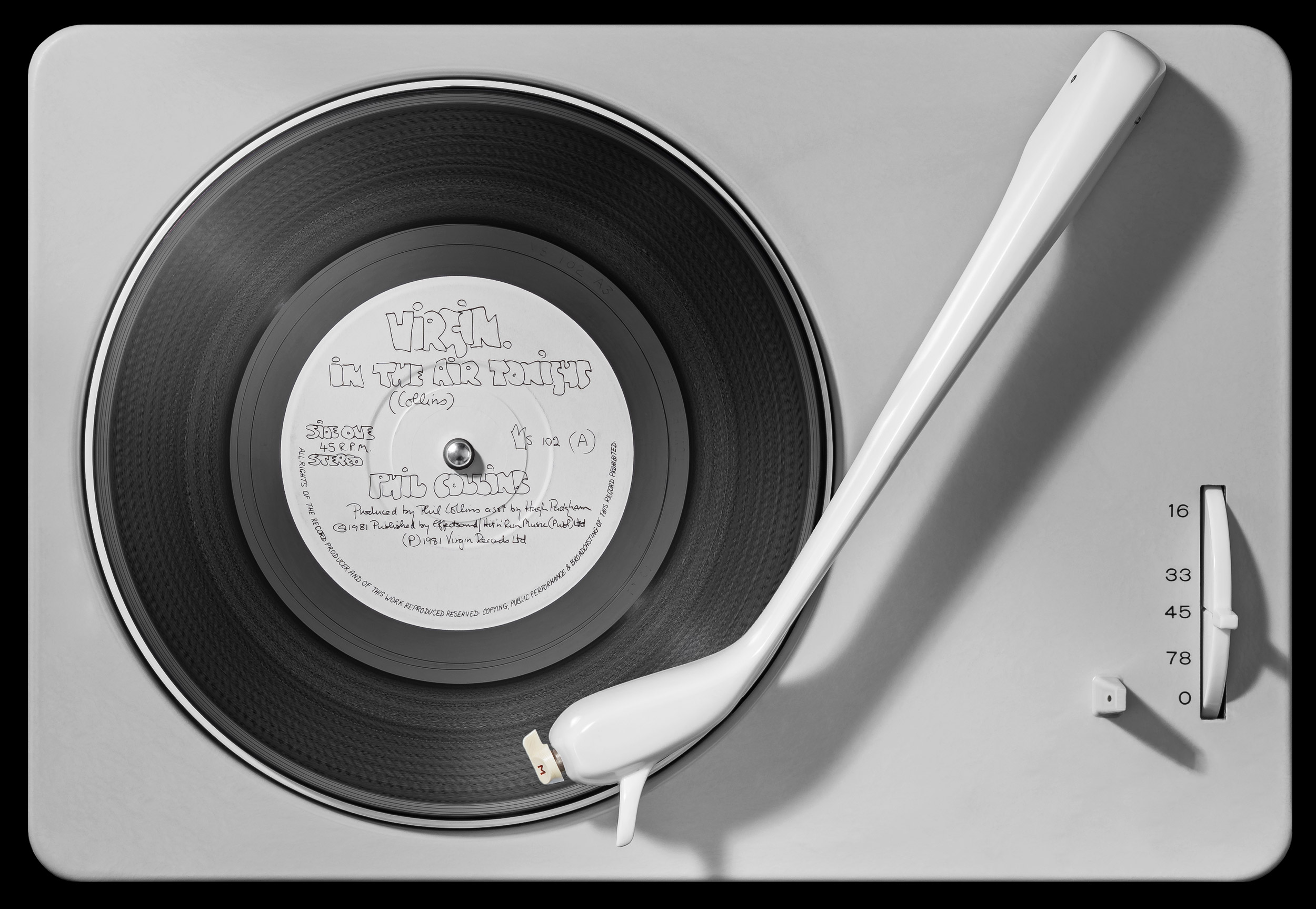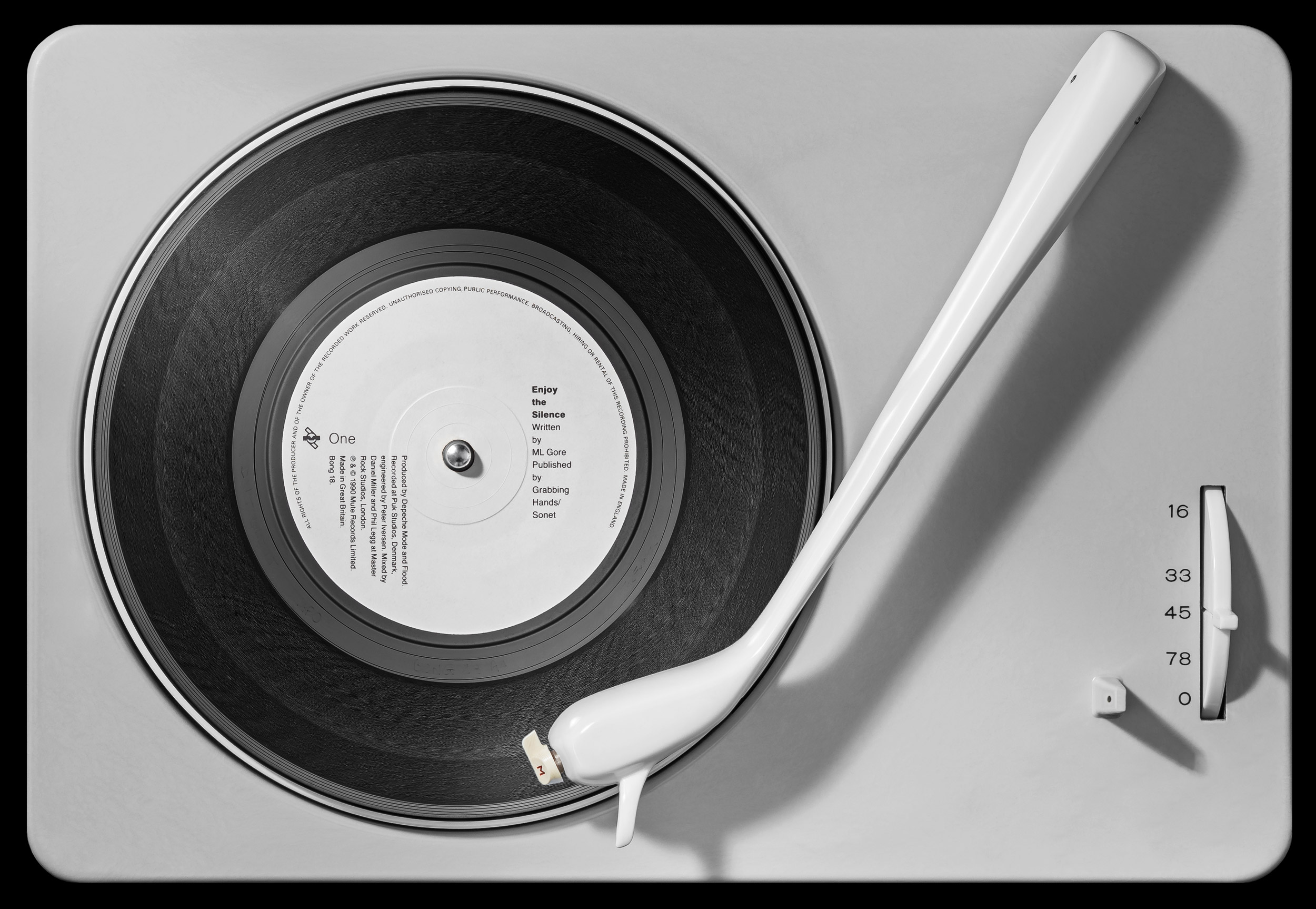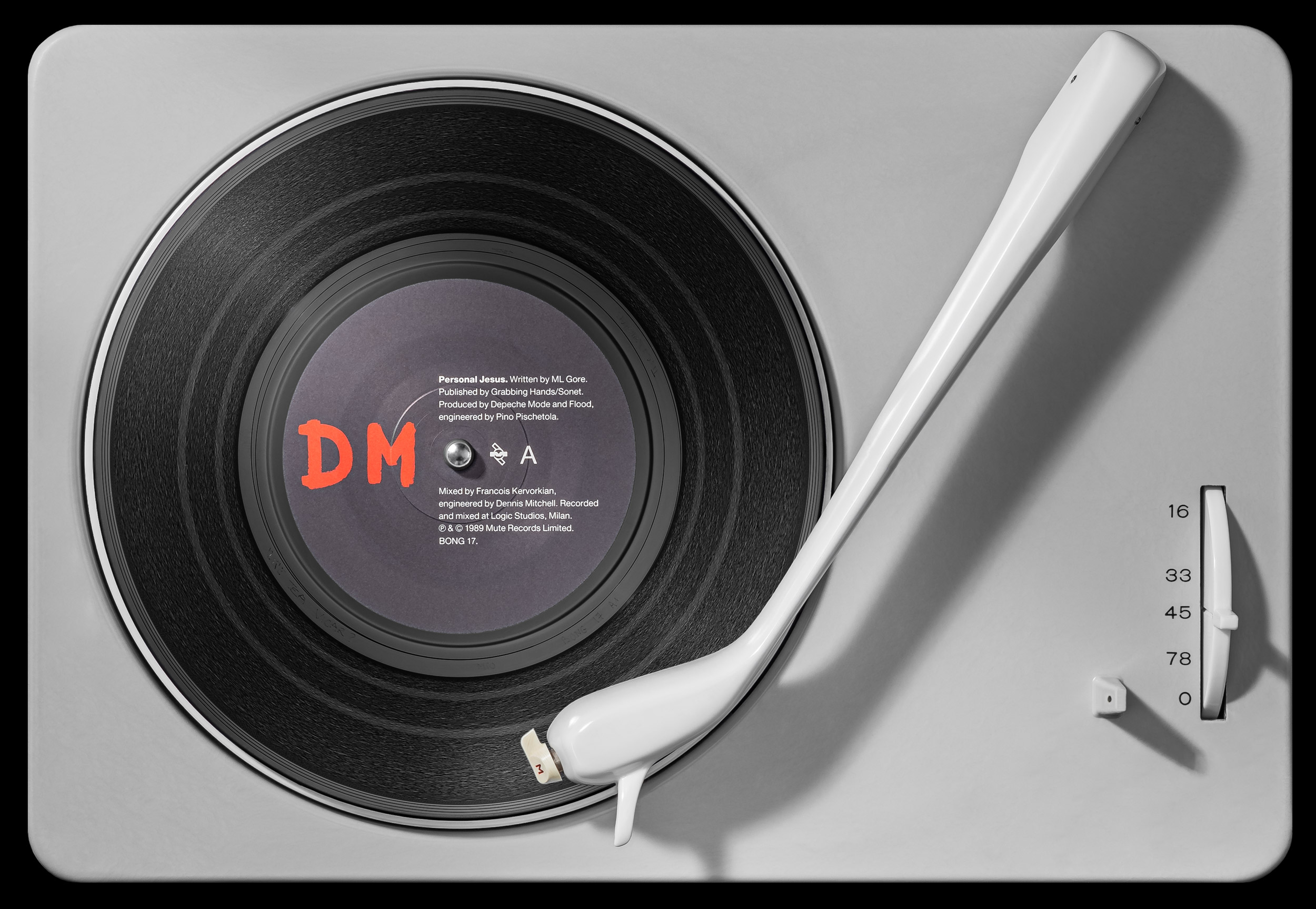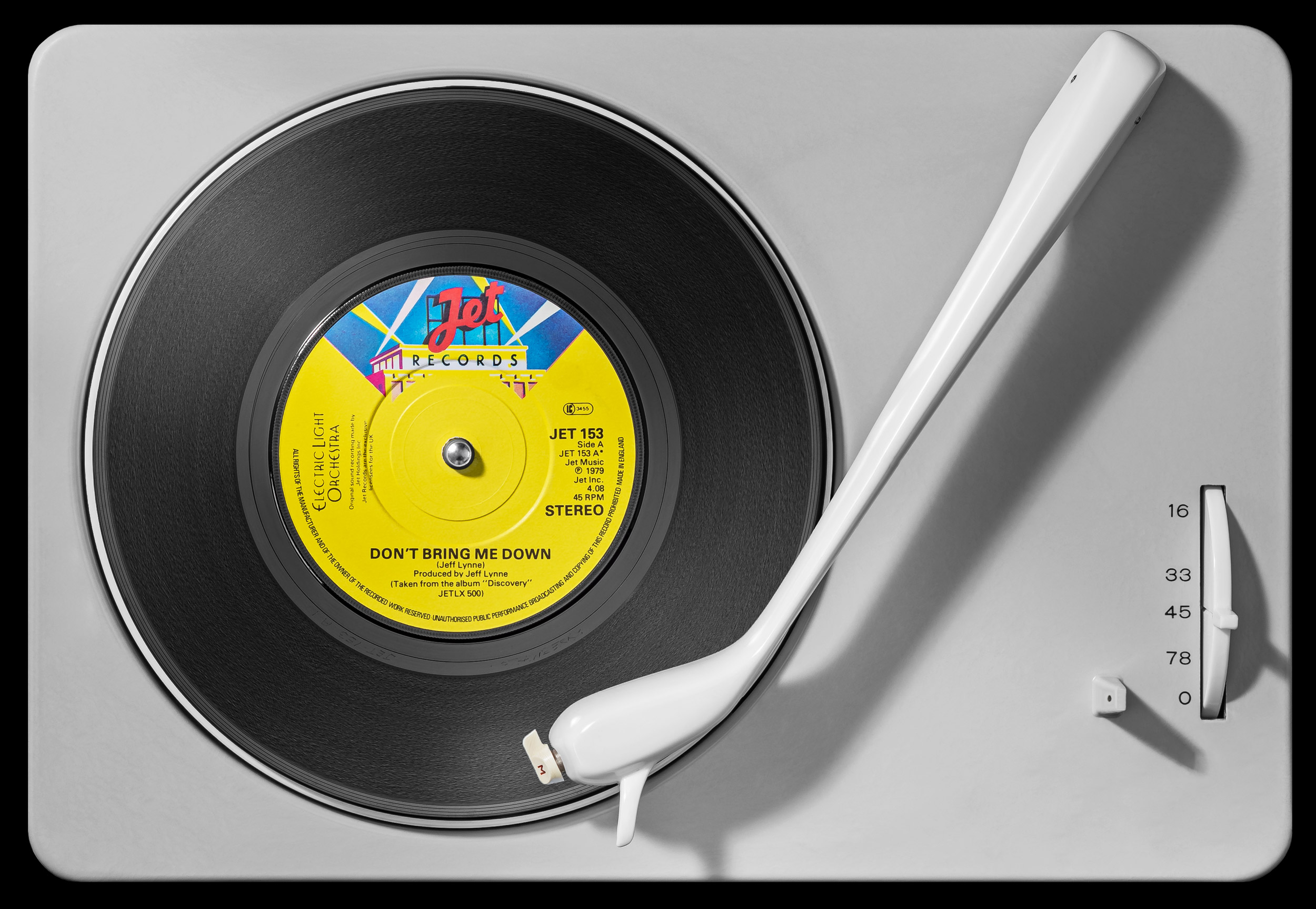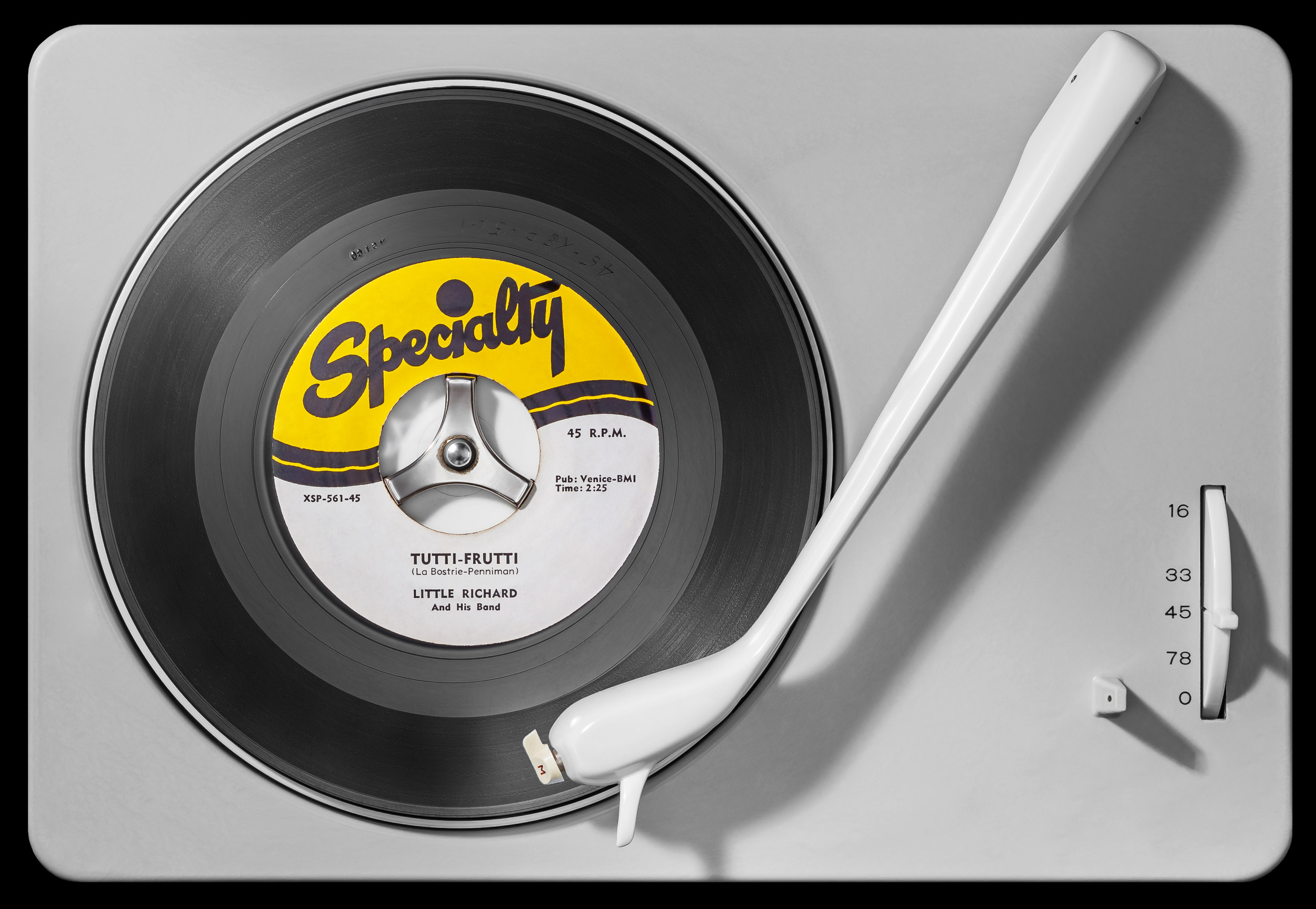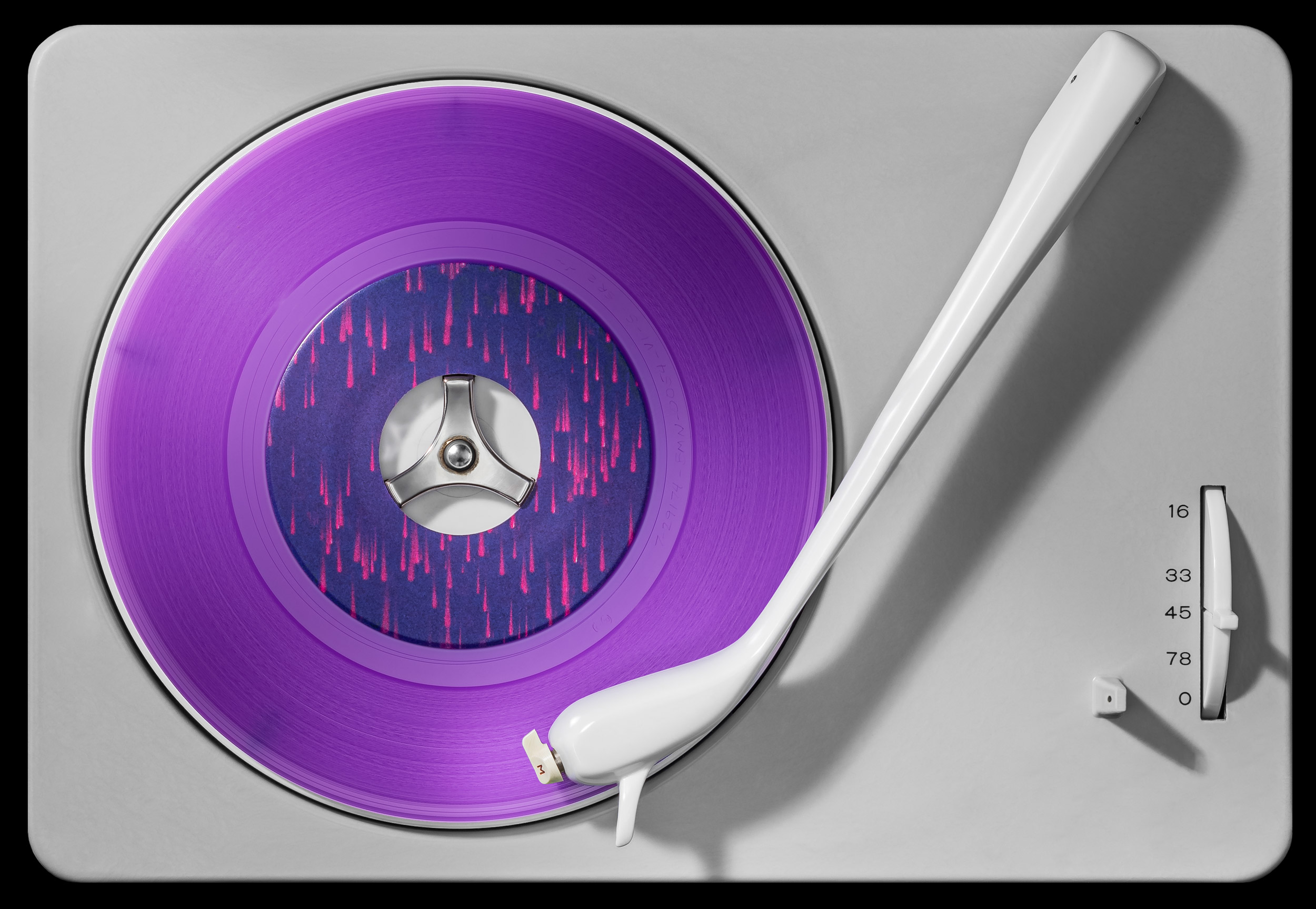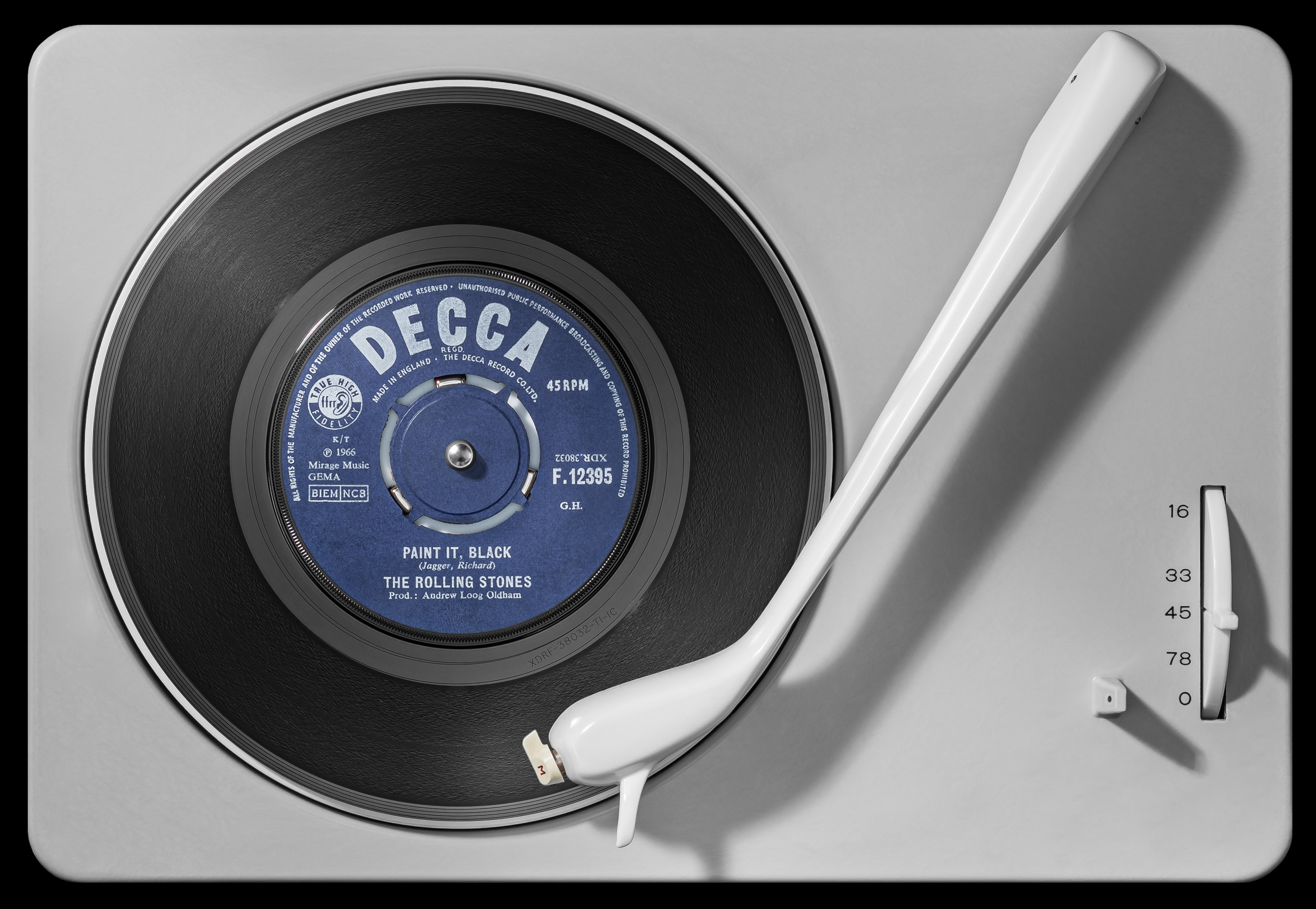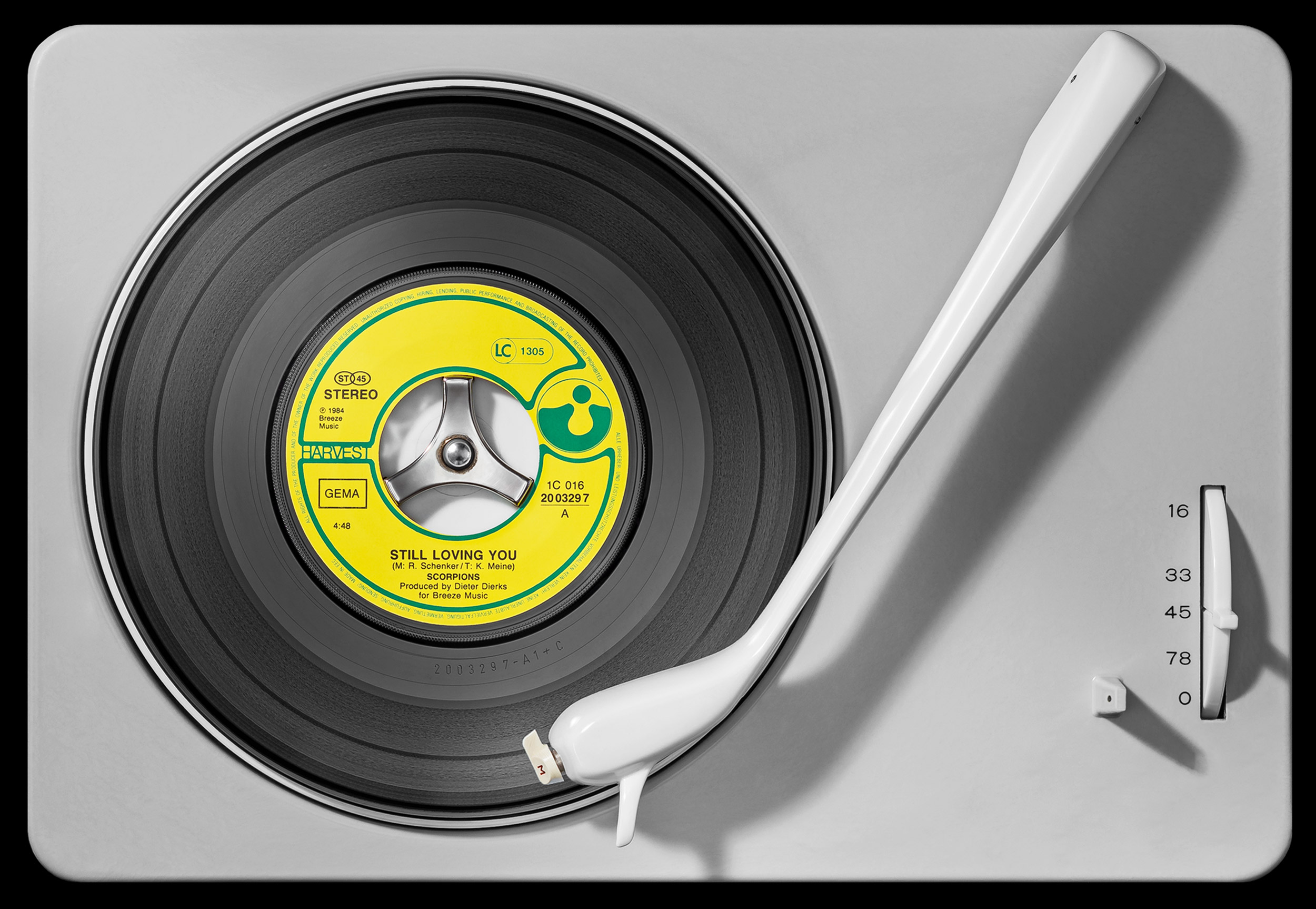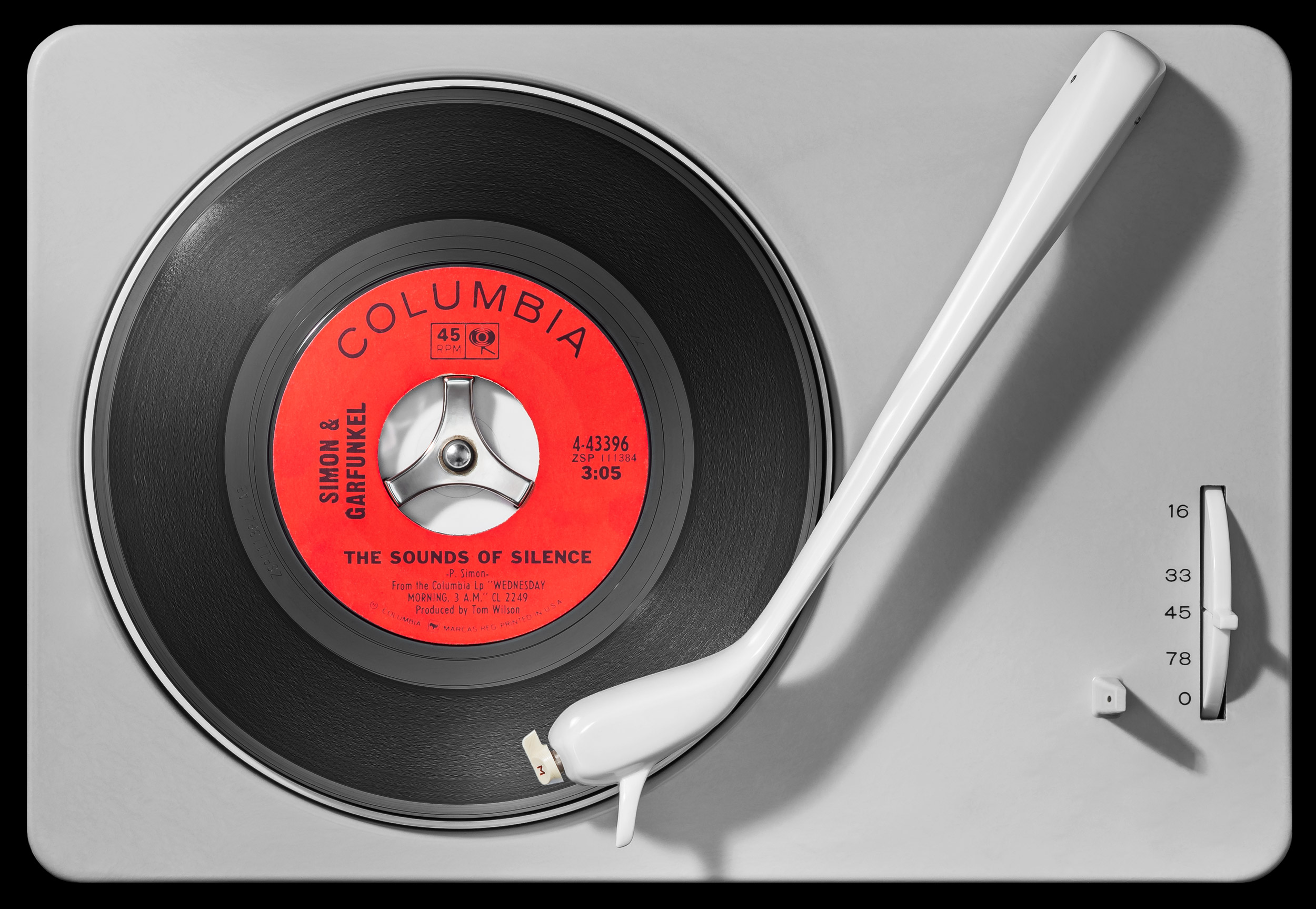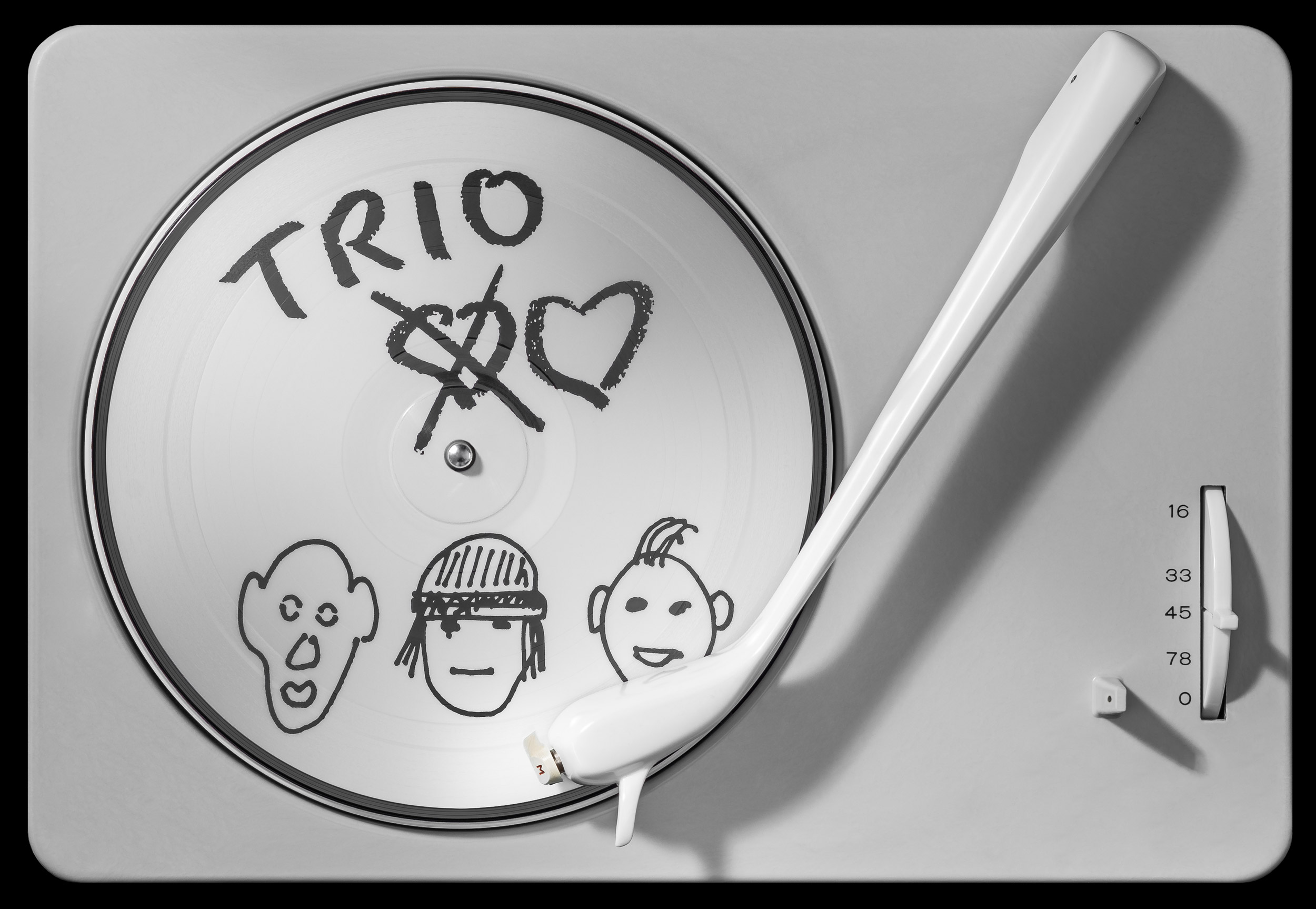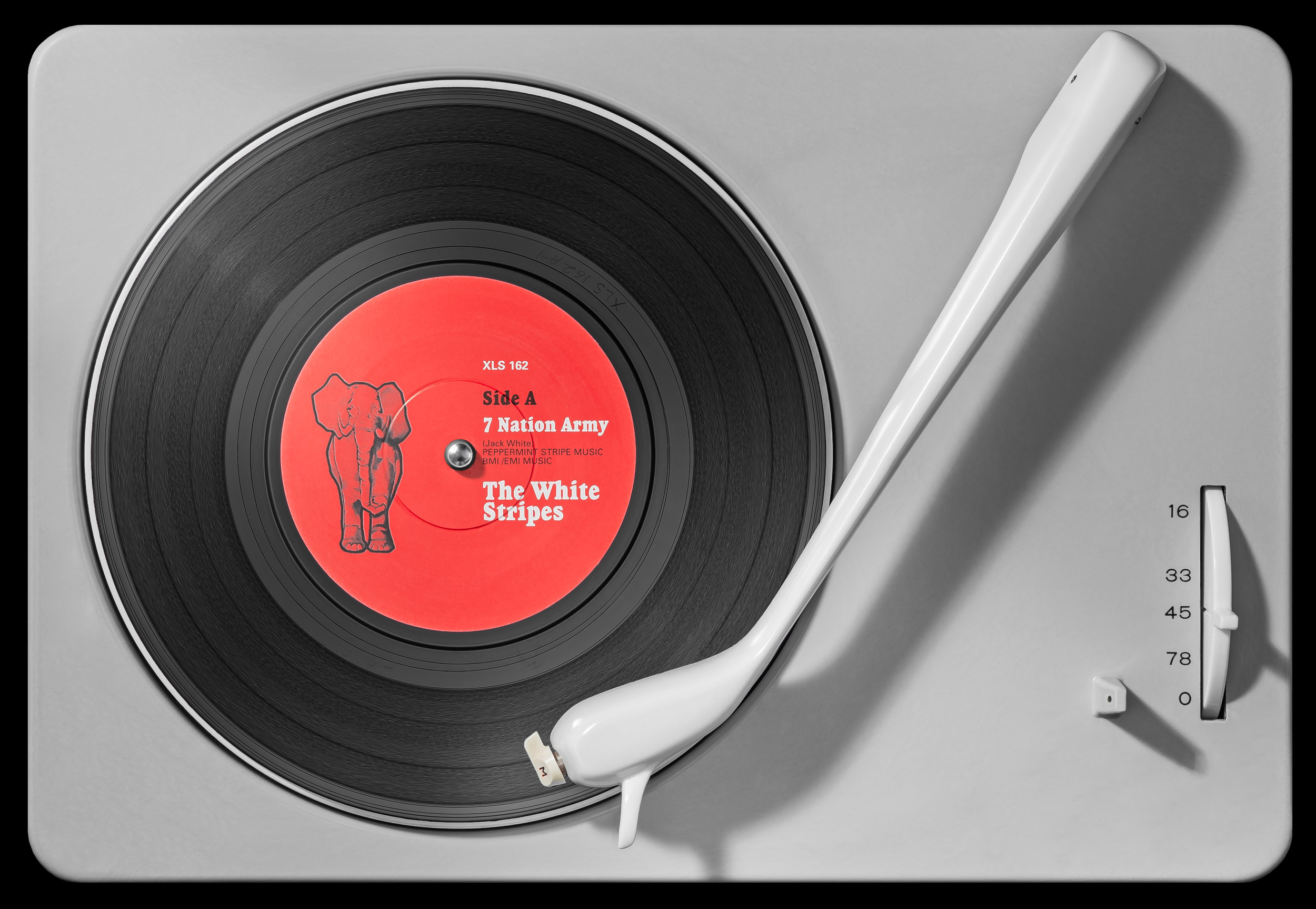Unter Vinylography Iconic inszeniere ich musikalische Ohrwürmer aus 70 Jahren Musikgeschichte von ABBA bis Zappa auf einer Ikone unter den Audiogeräten, dem Braun Plattenspieler PC3.
History
Deutschland 1954. Getragen von kollektiver Aufbruchstimmung beschlossen Artur und Erwin Braun, Geschäftsführer der Max Braun OHG, das Erscheinungsbild ihrer Produkte zu ändern. Inspiriert von einem Vortrag des ehemaligen Bauhaus-Schülers Professor Wilhelm Wagenfeld waren die Brüder bereit, die Weichen für etwas Unvergleichbares zu stellen. Während die Radioindustrie weiterhin die bewährten Vorkriegsmodelle – wuchtige Phonomöbel in dunklem Edelholz – produzierte, setzte Braun auf funktionelles, minimalistisches Design. Zusammen mit Hans Gugelot, Peter Rams und der Ulmer Hochschule für Design, deren erster Rektor Max Bill war, wollte man Lehren aus der Geschichte ziehen und eine neue demokratische Kultur fördern, ganz in der Tradition des Bauhaus. Wie groß das Risiko damals war, verdeutlicht eine eigens in Auftrag gegebene Studie. Der zufolge waren gerade einmal 4% der Bevölkerung bereit, sich modern einzurichten.
1956 stellte Braun unter dem Namen Phonosuper SK 4 eine Radio-Plattenspieler-Kombination vor, die erstmals das neue Produktdesign repräsentierte. Die alte Kundschaft wurde damit verprellt. Die Auftragsbücher blieben leer. Der SK 4 fand nur vereinzelt den Weg in die Wohnungen von Hochbetuchten, Freiberuflern und Architekten. Von der Konkurrenz als Schneewittchensarg verspottet, von der Welt mit Bewunderung wahrgenommen – unterschiedlicher konnten die Reaktionen nicht sein. Braun wurde weltberühmt. Der SK 4 steht sogar im Museum of Modern Art in New York. Der Plattenspieler PC3 war Teil der SK 4. Entworfen wurde er Mitte der 50er Jahre von Wilhelm Wagenfeld nach dem auch im Umfeld des Bauhaus praktizierten Gestaltungsgrundsatzes „form follows function“ – minimalistisch mit zeitgemäßer Funktionalität.
Editionen
Vinylography Iconic ist streng limitiert und in diesen Editionen erhältlich.
So groß sind die Vinylography Iconic Werke
